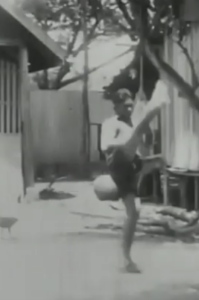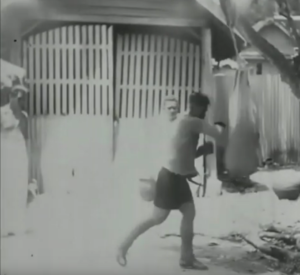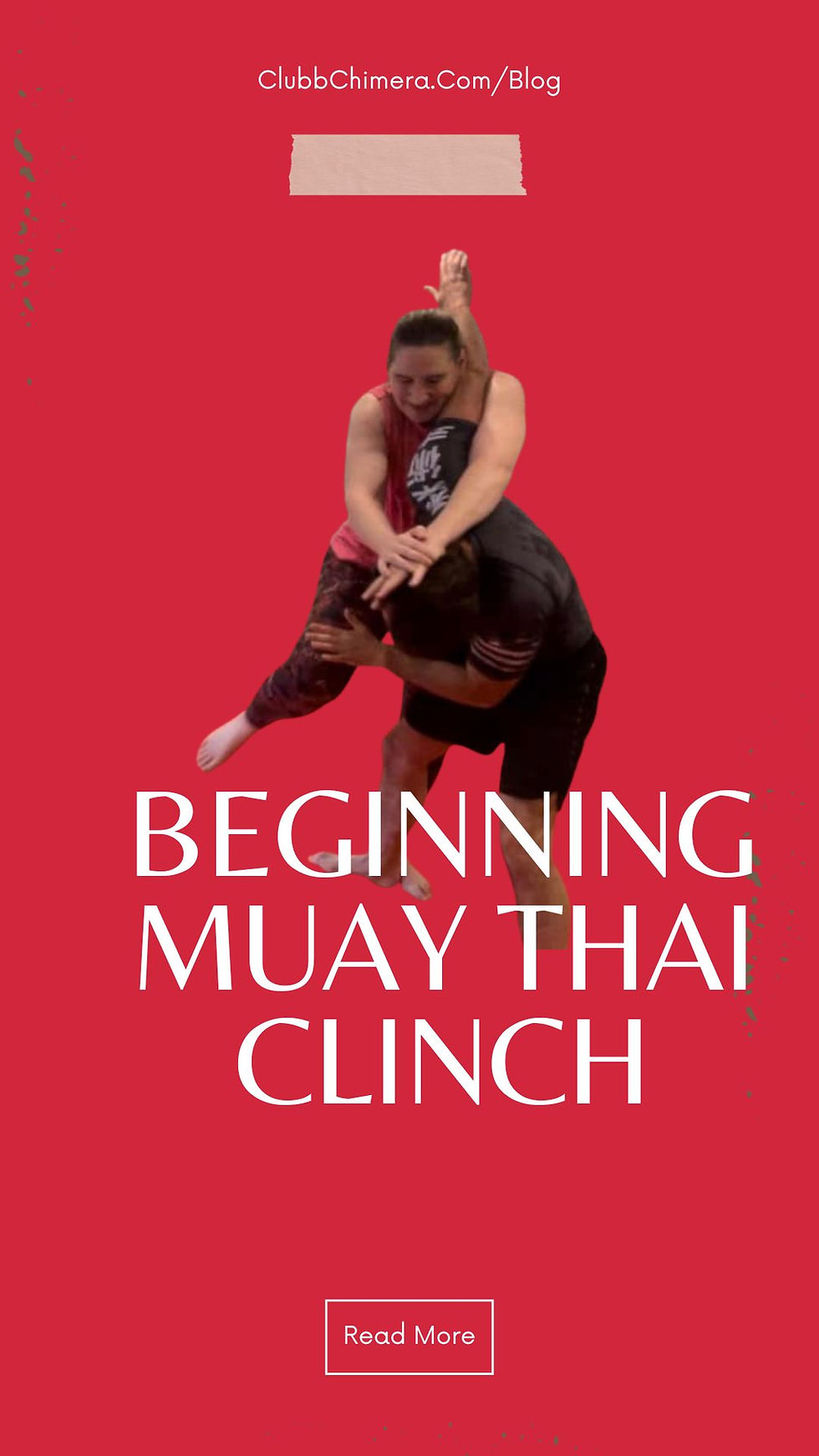More Inter-War Muay Thai & Pro Wrestling - Addendum (Training Notes)
- jamie03066
- Jul 13, 2021
- 4 min read


13.07.21
Tuesday night fight history continued with the career of Joe Louis into the 1940s. However, I thought I would provide a footnote to the previous era’s other professional fights.
Muay Thai
There is scarce footage of Muay Thai matches in the 1930s despite continuing to grow in popularity in its native country with a strong and lengthy history stretching back centuries. In the 1910s after the king of Siam had paid the victors of fights held at his son’s funeral, Muay Thai was officially incorporated into the curriculum at Suan Kulap College as was Judo. By 1919 British Boxing and Muay Thai were taught as one sport at the same college. In 1921 this college built the first permanent ring where both British Boxing and Muay Thai fights were held. Two years later a ring resembling western boxing rings, albeit with three ropes like a professional wrestling ring, was erected in Suan Sanuk Stadium near Lumpinee Park where both styles of boxing were fought. By 1927 The Gambling Act helped propel Muay Thai forward as a professional sport.
The death of Khaek Khamen to Phae Lianprasoet in Kard Cheuk fight (using roped fists) in Bangkok in 1928 prompted King Rama VII to decree Muay Thai fights only be held with the nak muays wearing modern boxing gloves. Weight classes were also introduced. These glove laws and weight classifications would not affect all regions of Thailand until 1942. Boxing arts related to Muay Thai in other Indo-Chinese and Southeast Asia such as Pradel Serey in Cambodia and Muay Lao of Laos would follow their example, but Myanmar’s Lethwei would notably cling onto many earlier traditions. To this day Lethwei has fighters only wear gauze or hemp on their fists, are permitted to headbutt and to use a wider range of throws including slams and suplexes rarely found in stand-up striking combat sports. Traditional Lethwei has no judging and only a knockout or technical knockout decides a winner. Even more controversial is the “injury” time out where a knocked out opponent might be permitted two minutes to recover and decide whether or not he wishes to continue. This can only happen once and not in the fifth (final) round. Lethwei would not formalise its rules until the 1950s. In 1950 Muay Thai would establish its own ranking system with eight weight divisions under the consultation of Major General Sullivan, an American GI stationed in the Philippines.
By 1945 the famous Rajadamnern stadium opened with rules of timed rounds, wearing of shorts, wearing of groin protection, wearing of gloves and a point scoring system in place. These rules were first written and published by the Education Department in 1937. Previously my client watched some footage from the 1920s showing a fight between two unnamed nak muays wearing non-standard shorts. This fight was taken from 1946 Pathe News footage. Again, the fighters are unnamed and wearing non-standardised shorts; however, the belts are gone. With nothing else to judge the standard of the fighters, the bout looks very scrappy. Nevertheless, it is worth noting the spinning elbow attempt at the 22 second mark. The fight is heavily edited and was apparently unused footage. The teep is absent and most the exchanges result in a takedown or a takedown attempt. Alongside Western Boxing and Muay Thai, Judo was also very popular and we might see some influence in the takedowns and landing positions of the fighters. Other popular vintage was titled "Samarn Dilokvilas vs Somphong Vejasidh 3" and was similar in fight quality. It featured training footage where on nak muay used a relatively short bag that did not allow for leg kicks and during his shadow boxing he threw an outside-to-inside crescent kick
Professional Wrestling/Catch Wrestling
The story of Catch-as-Catch-Can Wrestling’s mutation into the worked spectacle we know today as “pro wrestling” is complex. Last time we touched upon the sport, we watched the biggest wrestling match of Prague in the 1910s Gustav Fristensky vs. Josef Smejkal as well some matches in music halls recorded in the early part of the 20th century. These matches, especially the Fristensky/Smejkal, appeared to legitimate competitions. It should be noted that professional wrestling and boxing matches had already been a part of showmanship for at least a century within the circus and fairground communities. By the 1910s there professional wrestling had earned a reputation for being worked and contemporary opinion was that this had been going on since the 1880s. Interestingly the origin of the catch style begins around this time as a hybrid for with its roots in a virtual mixed martial arts prototype of submission/folk wrestling known as Lancashire Wrestling. Cross-training and competing with the Greco-Roman style that had first been promoted via French fairs along with the success of the Russian-born Greco-Roman wrestler, George Hackenschmidt who won the inaugural first World Heavyweight Championship in the sport. Although Hackenschmidt would be persuaded to “work” matches, the world title appears to have been a genuine contest for 20 years. 1925 is the year marked as the major official turning point for professional wrestling when Ed “Strangler” Lewis “put over” James Munn. Munn was a sports star with no legitimate wrestling credentials but had star power. In a plan to revitalise the ailing the sport, promoters decided to have him trained up and then build his reputation through a series of worked matches until it culminated in taking the title of Lewis. From this point onwards, legitimate catch wrestling would fall from public attention in favour of the staged spectacle.
Interestingly enough Sir Atholl Oakley, whose autobiography was republished by my old self-protection and martial arts inspiration, Geoff Thompson, was a common critic of the way professional wrestling was headed in the 1950s onwards. However, as this short piece of footage from 1930 demonstrates, Oakley was something of a pioneer in his native Britain who brought in something he called “All-in Wrestling”. These matches showed genuine grappling skills and a wider arrange of holds permitted in matches. They were definitely tough and demanding spectacles but, despite Oakley’s later criticism to the next generation, the matches were undeniably worked.
https://clubbchimera.com/services/













Comments